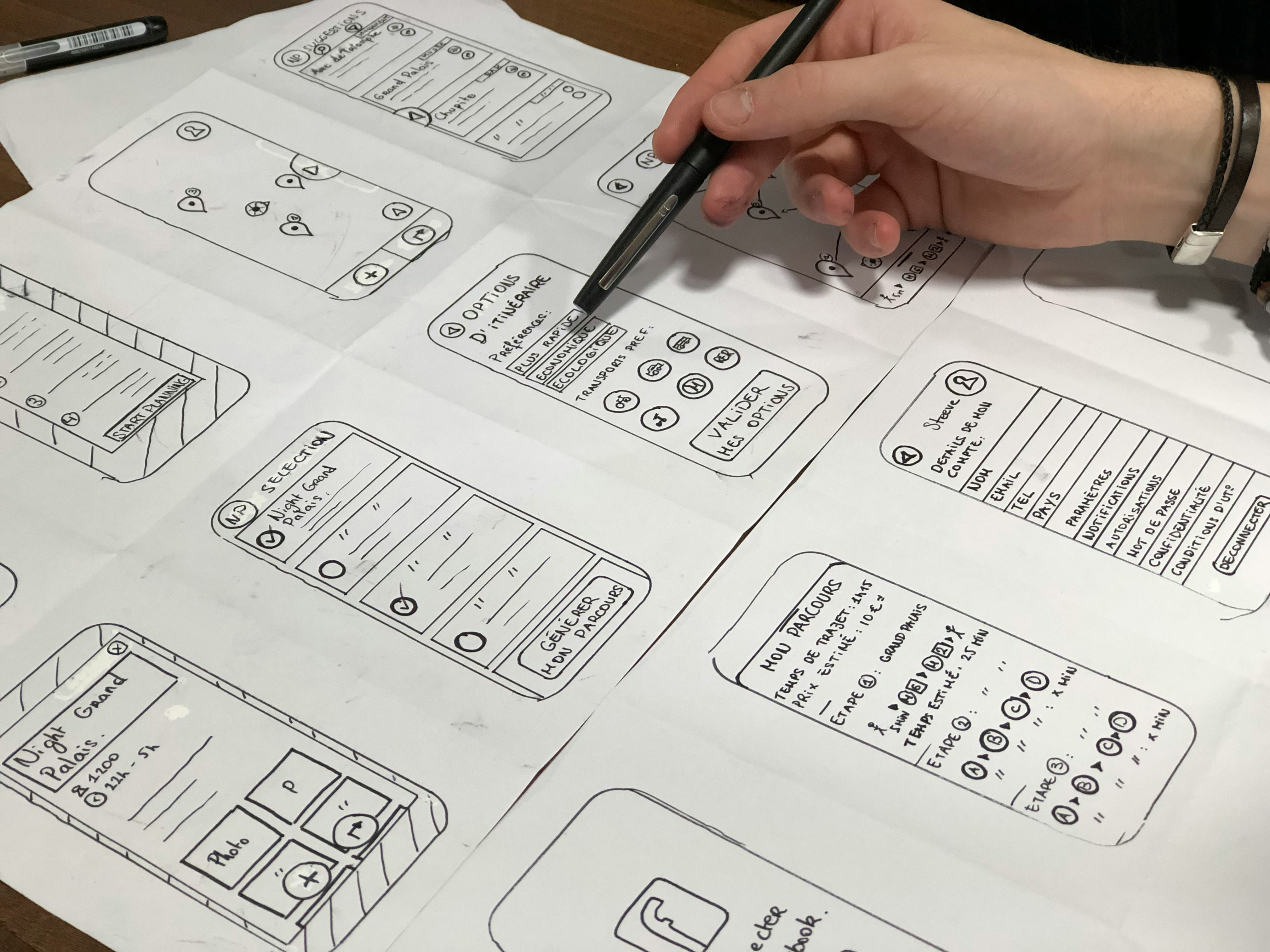- visualtechofficial@gmail.com
- W38J+HG3 Gulshan-e-Iqbal, Karachi
The Art and Science of Graphic Design: Best Practices for Impactful Visuals

Graphic design is more than just arranging text and images on a page—it’s a strategic tool for communicating ideas, evoking emotions, and influencing perceptions. From brand logos to social media content, effective graphic design can differentiate a brand, build customer trust, and leave a lasting impression. Whether you’re a seasoned designer or a business owner looking to strengthen your brand’s visual presence, understanding the best practices of graphic design can help elevate your visuals and make your message resonate.
1. Understand the Power of Color Theory
Color plays a critical role in design, impacting both aesthetic appeal and emotional response. Color theory is the art and science of using color in a way that complements the brand's message and evokes the intended reaction from viewers.
- Use Brand Colors Strategically: Select colors that align with your brand’s personality and industry. Blues, for example, often communicate trust and professionalism, while warm colors like red and orange evoke energy and excitement.
- Apply Contrast for Emphasis: Using contrasting colors for important elements, like buttons or headings, can direct the viewer’s eye and make the content more accessible.
- Leverage Color Psychology: Consider how each color might influence mood or perception. For instance, green often signifies growth and nature, while black conveys luxury and sophistication.
2. Prioritize Typography and Readability
Typography is one of the foundational elements of graphic design, affecting not only the visual appeal of a design but also how easily information can be consumed.
- Choose Fonts Wisely: The font you choose conveys a tone—whether it’s modern, playful, or classic. Use fonts that match your brand’s personality and maintain readability.
- Create a Visual Hierarchy: Use different font sizes, weights, and colors to create a hierarchy that guides the viewer's eye. Headlines should stand out, while body text should be clean and easy to read.
- Limit Font Variety: Sticking to a maximum of two or three fonts keeps designs cohesive and professional. Too many fonts can make a design look cluttered and unstructured.
3. Keep Layouts Balanced and Organized
A balanced layout is pleasing to the eye and keeps viewers engaged by ensuring that each element has a purpose and a place.
- Use the Grid System: Grids help align elements, ensuring consistency and symmetry across the design. It provides structure and helps make complex layouts easier to read.
- Leverage White Space: Also known as negative space, white space enhances readability, reduces clutter, and makes the design feel more polished. It’s crucial for creating a breathing room and guiding viewers’ attention.
- Prioritize Focal Points: Determine the primary message of the design and make it the focal point. The rest of the elements should support and enhance that message without distracting from it.
4. Integrate Visual Storytelling
Visual storytelling involves creating a narrative through images, icons, and symbols that help convey a brand’s message in a way that words alone cannot.
- Use Relevant Imagery: Choose images that reflect the brand’s message and resonate with the target audience. Stock photos can be helpful but try to select images that feel authentic and unique to your brand.
- Utilize Consistent Iconography: Icons can simplify complex ideas, improve readability, and add visual interest. Ensure that icons are consistent in style and align with the brand’s theme.
- Design for Emotion: Visual elements should evoke emotions that align with the brand's message, whether it’s excitement, trust, or curiosity. Emotional engagement increases the impact and memorability of the design.
5. Design with the End-User in Mind
Graphic design isn’t just about creating beautiful visuals; it’s about making visuals functional, accessible, and suited to the needs of the audience.
- Consider the Medium: Design elements that work on a billboard may not translate well to a mobile screen. Tailor the design to the platform where it will appear, whether that’s print, digital, or social media.
- Prioritize Accessibility: Use high contrast, readable fonts, and descriptive alt text for images to make your design accessible to all users, including those with disabilities.
- Test and Gather Feedback: Conduct user testing and seek feedback from actual users. Knowing how users interact with your design can provide invaluable insights into how effective your visuals are at delivering the message.
6. Stay Updated with Design Trends (But Be Authentic)
While it’s beneficial to stay informed about current trends, your design should always feel authentic to your brand rather than simply following what’s popular.
- Incorporate Trends Thoughtfully: Incorporate new styles and ideas, but ensure they align with your brand’s core values. Trends are temporary; timeless design aligns with the brand's identity.
- Focus on Timeless Principles: The basics of good design—balance, alignment, contrast, and readability—are timeless principles that will always yield a polished, effective result.
- Regularly Update Visual Assets: To keep your brand feeling fresh and relevant, periodically review and refresh your visuals while keeping the core identity intact.
Common Challenges in Graphic Design and How to Overcome Them
- Finding Originality: With so much inspiration available, originality can be challenging. Focus on unique brand attributes and client-specific details to create designs that stand out.
- Balancing Creativity and Functionality: Design should look good but also be functional. Always ask, "Does this design serve a purpose?" and prioritize usability alongside creativity.
- Managing Feedback: Design is subjective, and feedback can be mixed. Accept constructive criticism, but remain aligned with the core objectives of the project.
Conclusion: Building Impactful Designs for Lasting Impressions
Graphic design, when done well, combines aesthetics with functionality to create visuals that captivate, inform, and influence. By focusing on best practices—like understanding color psychology, prioritizing readability, and maintaining balance—designers can create visuals that resonate deeply with audiences and drive meaningful engagement. In an increasingly visual world, investing in strong graphic design can elevate a brand, enhance user experience, and make a lasting impression on customers.





